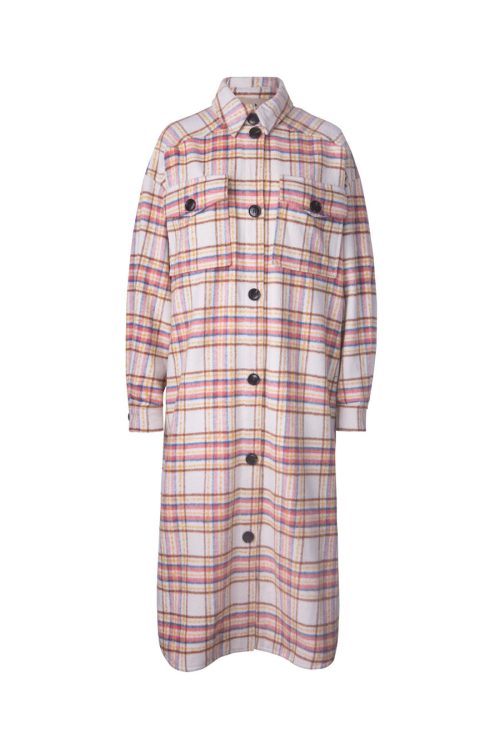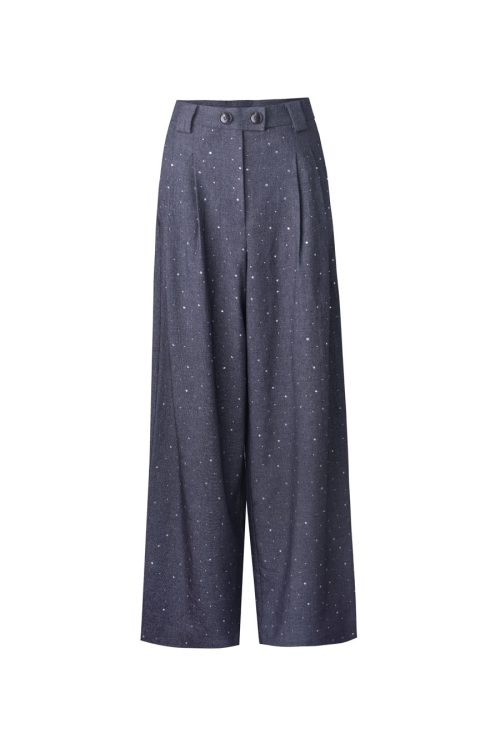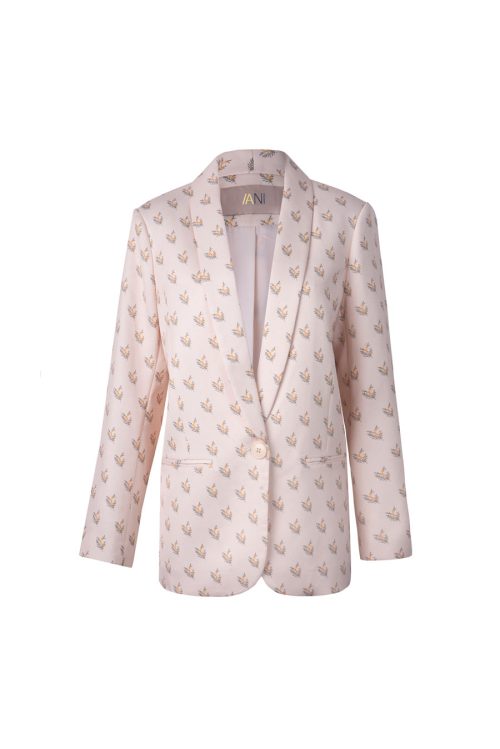
The world of fashion is fast-paced, ever-evolving, and incredibly demanding. At the heart of this industry’s success lies the concept of garment mass production. This method has not only revolutionized how we produce clothing but also how we perceive fashion itself. From the historic looms of the Industrial Revolution to the high-tech factories of today, the journey of garment mass production is a tale of innovation, efficiency, and challenges.
Garment Mass Production: A Closer Look
Garment mass production refers to the large-scale manufacturing of clothing, utilizing standardized patterns and processes to create multiple copies of a garment. This approach allows manufacturers to meet the high demand for clothing, maintaining consistency in quality and design across thousands, if not millions, of pieces.
The Backbone of Modern Fashion
Design and Development: The Starting Line
Every piece of clothing begins with an idea. In mass production, designers and product developers work hand in hand to create designs that are not only fashionable but also practical for large-scale manufacturing. This stage involves trend analysis, material selection, and creating prototypes to ensure the final product meets the market’s needs.
Material Sourcing and Logistics: The Global Puzzle
One of the critical components of mass production is sourcing materials. Manufacturers must navigate a complex global supply chain, securing high-quality materials at the best prices. This process involves logistics planning, inventory management, and ethical considerations, ensuring that the supply chain is as efficient and sustainable as possible.
Cutting, Sewing, and Assembly: The Heart of Production
The actual production process involves several stages, from cutting fabric according to patterns to sewing pieces together and assembling the final product. This phase requires precision, speed, and coordination, often facilitated by advanced machinery and skilled labor.
Quality Control and Testing: Ensuring Excellence
No garment mass production process is complete without rigorous quality control. Each piece undergoes multiple checks to ensure it meets the required standards. This step is crucial in maintaining brand reputation and customer satisfaction.
Challenges and Innovations
Despite its advantages, garment mass production faces several challenges, including labor issues, environmental concerns, and the need to adapt to rapidly changing fashion trends. However, the industry is also at the forefront of technological and sustainable innovations, from automation and AI to eco-friendly materials and practices.
Garment Mass Production
Garment mass production offers significant advantages, such as cost reduction, efficiency, and the ability to meet global demand. These benefits are crucial for both manufacturers and consumers, providing affordable fashion options while supporting economic growth.
Shaping the Future
As we look ahead, the garment mass production industry continues to evolve. Innovations in technology, sustainability, and consumer engagement are shaping the future of fashion. Manufacturers who embrace these changes, focusing on efficiency and ethical practices, are set to lead the industry forward.
Conclusion: A Sustainable Path Forward
Garment mass production has come a long way, and its journey is far from over. As the industry navigates challenges and embraces innovations, its role in the global fashion ecosystem remains undeniably significant. For manufacturers, the key to success lies in adapting to new technologies and consumer expectations while upholding ethical and sustainable practices. The future of garment mass production is not just about making clothes; it’s about creating a better world through fashion.
FAQs
- What is garment mass production?
- How does technology impact garment mass production?
- What are the environmental concerns associated with garment mass production?
- How can manufacturers make garment production more sustainable?
- What role does consumer demand play in garment mass production?
- How do manufacturers ensure the quality of mass-produced garments?




